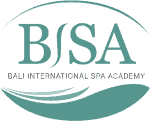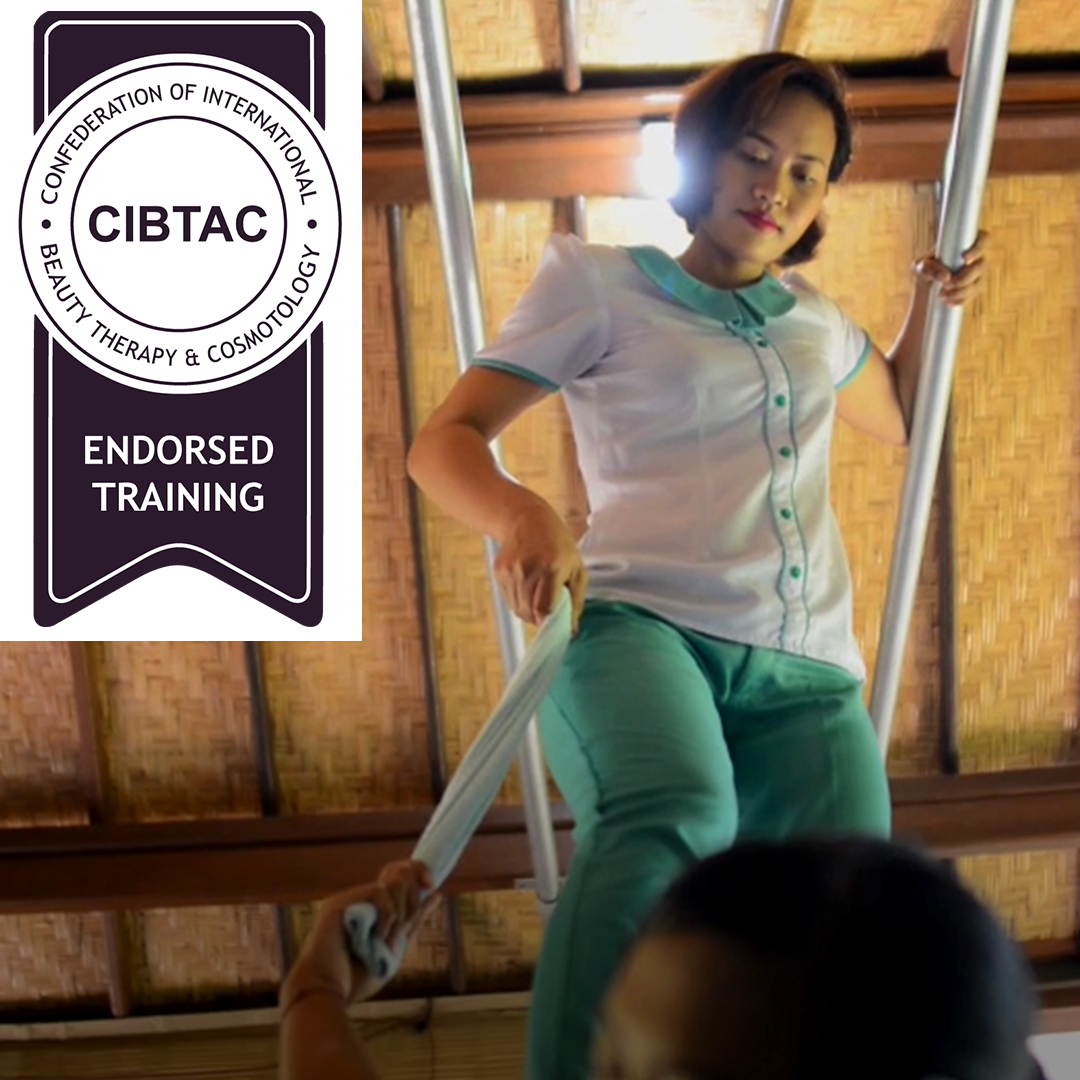15 Days CIBTAC Certificate in Body (Swedish) Massage + CIBTAC Endorsed A-Shiatsu
Price: $2500.00
Upgrade to receive a CIBTAC qualification
Schedule: Monday to Friday, 9.00 AM – 4.00 PM
The Next CIBTAC exam is in October 2025, Registration for these exam will be open from April to June 2025. Course start in September 2025 |
Saturday and Sunday time to enjoy all the splendours Bali has to offer
“The Island of the Gods”
Who is this course for?
If your goal is to pursue a career in Massage Therapy or simply want to acquire new skills for personal enrichment and well-being. This is a great starting point for you.
Pre-requisite for all Bali BISA CIBTAC Endorsed Programs: CIBTAC Certificate in Body Massage
Price Includes:
- Monitor & Maintain Health & Safety in the Spa/Salon
- Provide Body Massage (Swedish)
- Anatomy & Physiology Home study
- A-Shiatsu Massage
- Training Manuals
- A-Shiatsu Massage Training Video.
- Swedish Massage Training Video.
- Clients for your practical sessions.
- CIBTAC Endorsed Certificate for A-Shiatsu Massage.
- CIBTAC Certificate for Certificate in Swedish Massage.
Contact us for more information

